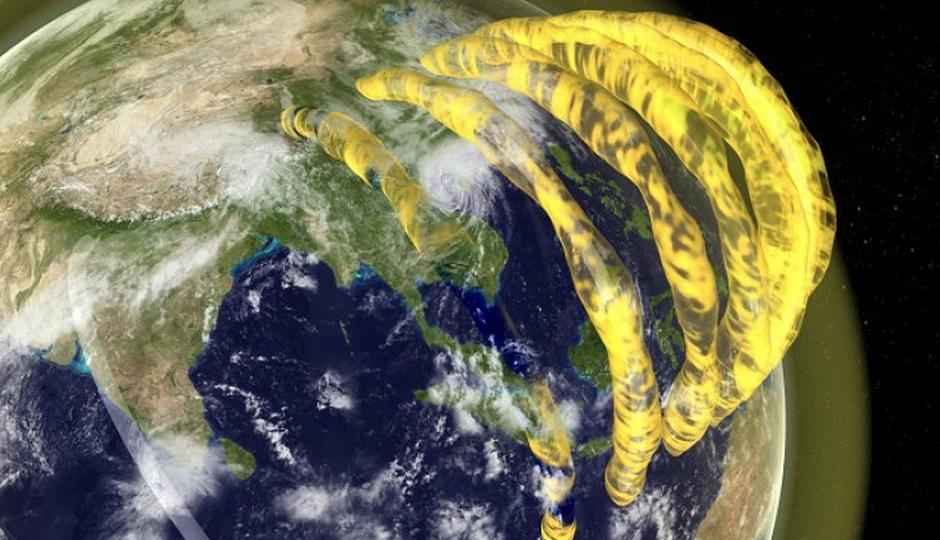Researchers confirm large Plasma tubes exist above the earth atmosphere

Researchers have created 3D images of plasma structures that reside in the magnetosphere’s inner layers.
Scientists have speculated for over six decades about the existence of plasma structures that reside in the magnetosphere’s inner layers. Now researchers from Australia have created 3D images of these tubes for the very first time, confirming that they are real.
The structures are the likely cause of unwanted signal distortions affecting both civilian and military satellite-based navigation systems. The lubes also offer an unprecedented glimpse of the odd plasma formations that arise in the Earth’s atmosphere and its the first time that scientists have directly observed these tubes over a large scale and mapped their shape. “For over 60 years, scientists believed these structures existed but by imaging them for the first time, we’ve provided visual evidence that they are really there,” Cleo Loi of the ARC Centre of Excellence for All-sky Astrophysics (CAASTRO) and the School of Physics at the University of Sydney said. “The discovery of the structures is important because they cause unwanted signal distortions that could, as one example, affect our civilian and military satellite-based navigation systems. So we need to understand them,” Loi said.
The Earth's magnetic field called the magnetosphere, is filled with plasma created by the atmosphere being ionised by sunlight. The innermost layer is called the ionosphere, and after that is the plasmasphere. The layers are embedded with a variety of plasma structures, including the tubes. “We measured their position to be about 600 km above the ground, in the upper ionosphere, and they appear to be continuing upwards into the plasmasphere. This is around where the neutral atmosphere ends, and we are transitioning to the plasma of outer space,” Loi said.
The researchers were able to use the Murchison Widefield Array, a radio telescope in the Western Australian desert to map large patches of the sky and exploit the array’s rapid snapshot capabilities to create a movie – effectively capturing the real-time movements of the plasma. The research has been published in the journal Geophysical Research Letters. Loi the lead author of the research has been awarded the 2015 Bok Prize of the Astronomical Society of Australia for her work.
Source: Science Alert
Silky Malhotra
Silky Malhotra loves learning about new technology, gadgets, and more. When she isn’t writing, she is usually found reading, watching Netflix, gardening, travelling, or trying out new cuisines. View Full Profile





